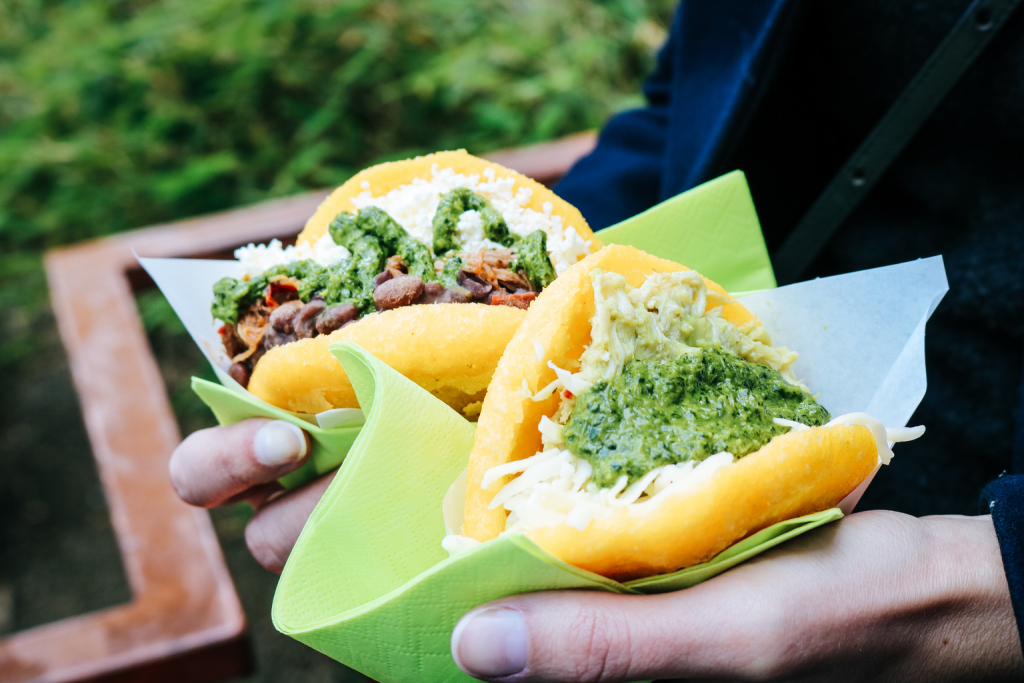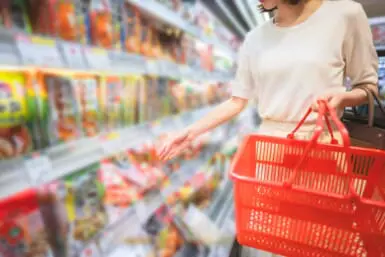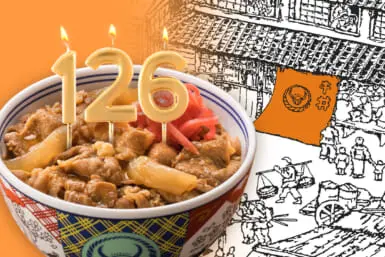“Our mission is to introduce Venezuelan gastronomy to Japan,” declares Raul Marquez, one-half of Tokyo Arepa. Raul hails from the bustling city of Caracas in Venezuela where many arepa shops line the streets. Miho Marquez is from Kobe where the same could be said for takoyaki joints. The two met on the multicultural playing field of Vancouver, Canada and fell in love.
After that, they moved back to Japan and took their passion for arepas on the road. The popular Venezuelan street food is made of cornmeal flour bread cut in half and stuffed with various ingredients. Tokyo Weekender talked to the couple about arepas, food trucks and Venezuelan food in Japan.
Why did you decide to start an arepa food truck?
Raul: Two years ago, we started to think about a restaurant but Covid-19 made things very difficult for restaurant owners and hospitality. Then, Miho saw a TV show about food trucks and just said, ‘Well, what about a food truck?’
We then started doing our research about how the industry works here in Japan. Finally, last Halloween, we started operating.
Miho: In 2018, when we were in Venezuela, we went to several kitchen cars (what food trucks are often called in Japan). All of them were well-presented and fashionable. My image of the kitchen car in Japan was something small, but when we saw them in Venezuela, we were so impressed.
We wanted to change the image of kitchen cars here, not just because we wanted to make arepa, but also for the kitchen car industry as well.
Raul: Nowadays, the industry is growing and there is more variety when it comes to international food. With street food [in Japan] you are always going to find takoyaki, yakisoba and crepes. However, in Tokyo, the options are increasing.
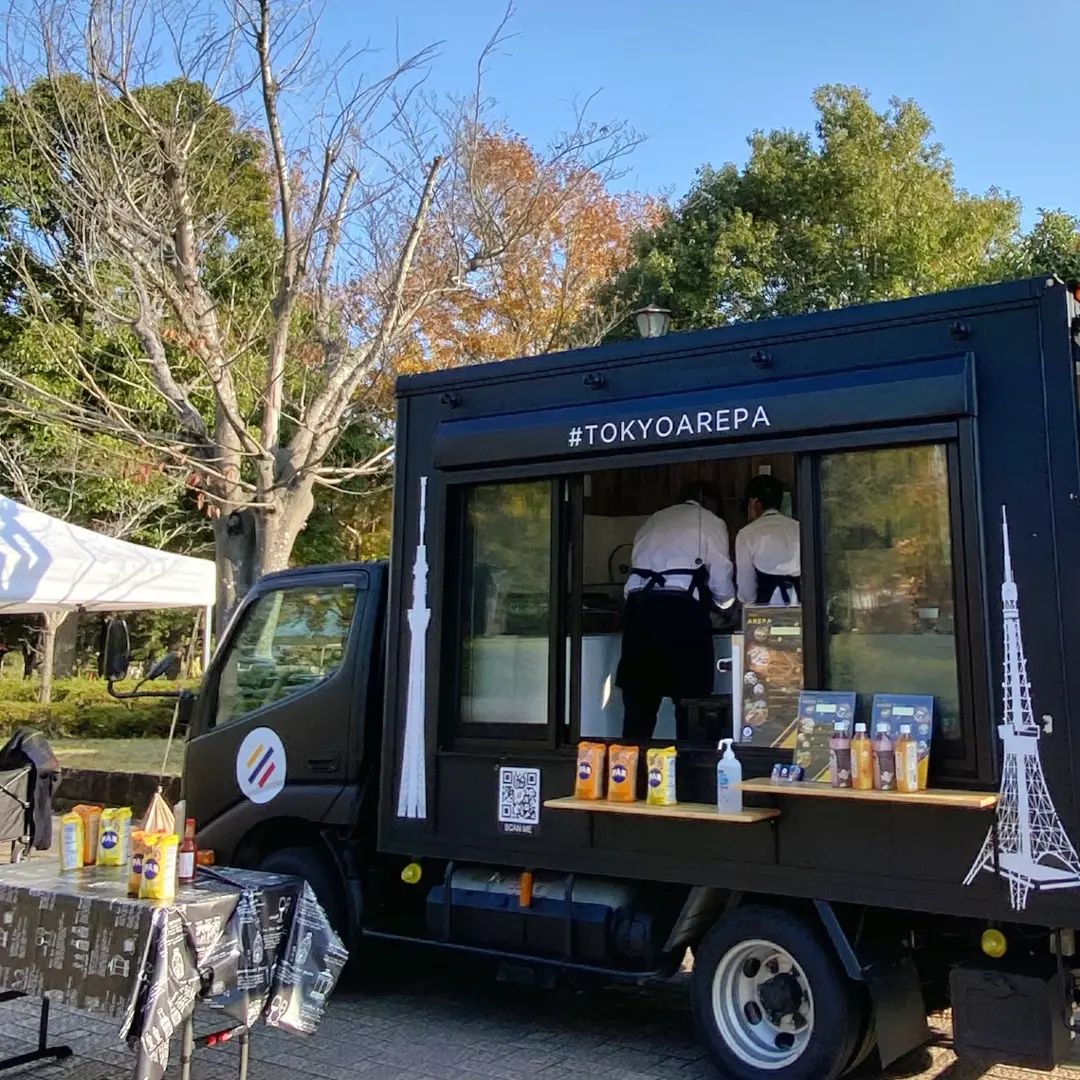
What was the biggest challenge when starting out?
Raul: We didn’t know how the market would respond because food trucks are not common. You don’t find Venezuelan food, especially in Tokyo.
I think our biggest challenge was getting the proper teppan and the proper setting for making the arepas. So, when you’re working on a big-scale operation, it’s more difficult to try and control the right temperature to make arepa.
Sometimes it was a little bit tricky to get a permit. We made it simpler and talked about a ‘corn sandwich.’
Miho: Since they don’t know about arepas, how can we explain without them tasting them?
Raul: Once we got the permit from the first prefecture, which was Nagano, Chiba then approved and more recently Tokyo.
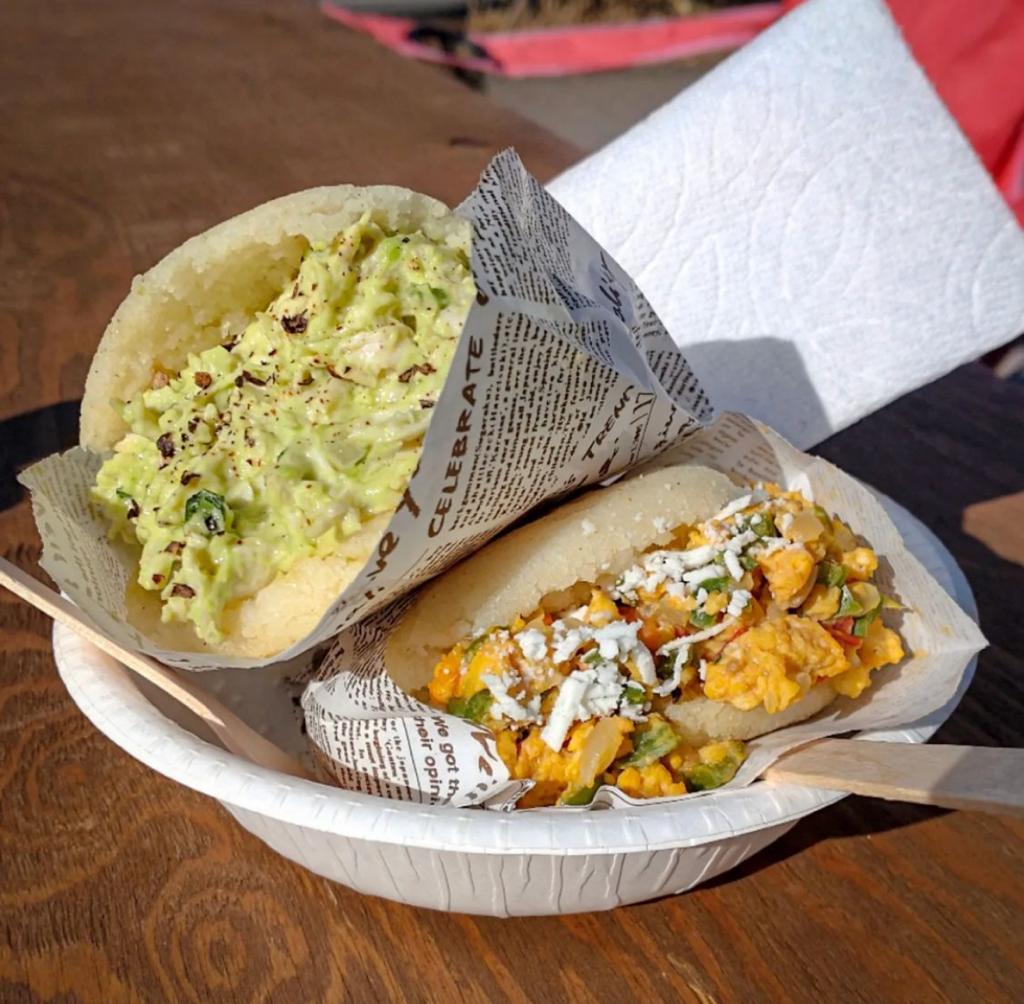
Reina Pepiada on the left and Perico on the right
What type of arepas do you make?
Raul: We divide our menu into four categories. The first one is vegetarian. We have Caprese, which is simple: tomatoes, mozzarella cheese and basil. We have Genkinoko, filled with organic Canadian mushrooms and Gouda cheese. The third one is Perico. It’s like a Venezuelan-style scrambled egg. We put green pepper, onions, paprika and add feta cheese on top.
Then, we have barbecue. Two kinds: one pork, one beef. The beef we fill up with guacamole and feta cheese. That’s probably one of the most popular.
We have another one which is a very iconic arepa in Venezuela called Reina Pepiada [meaning “curvy queen”]. The name apparently came from an arepa shop in Caracas. They created the arepa honoring a Miss World [Susana Duijm, the first Venezuelan woman to win an international beauty contest]. It is pretty much an avocado chicken salad. I think it’s one of the best arepas.
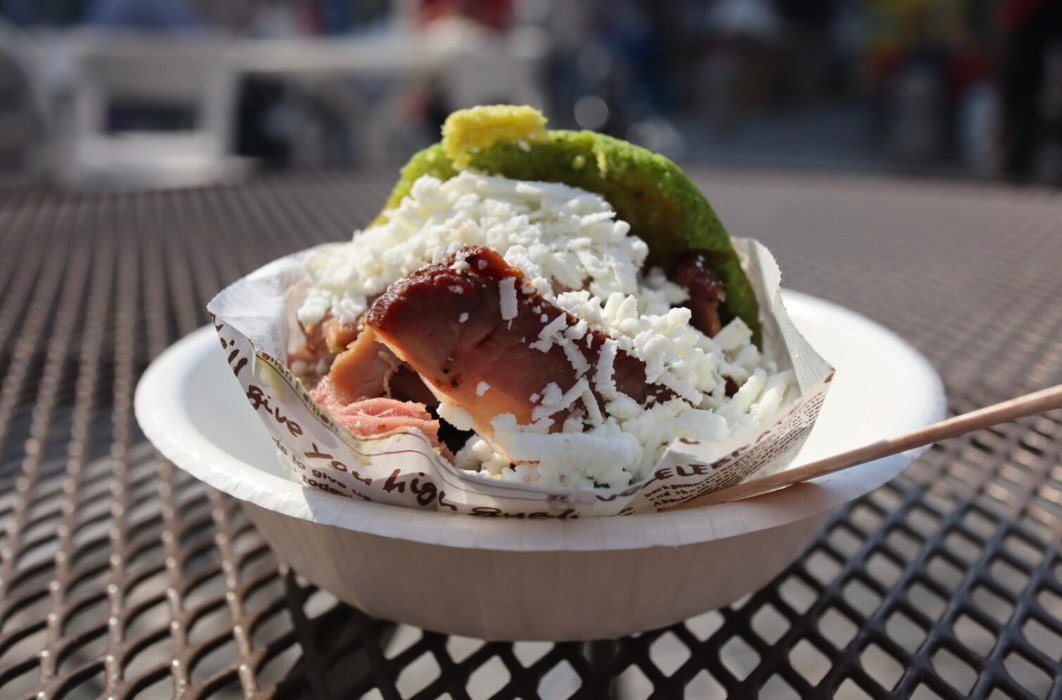
Is that your personal favorite?
Raul: No, my personal favorite is the beef. After that, it’s the pork.
Miho: When a customer is going to eat arepa for the first time they are going to ask which one is good. It depends on the person. Personally, my favorite is Reina Pepiada because it has real Venezuelan ingredients. I tell them I love it, and customers want to try it.
How do you adapt recipes for Japan?
Miho: We have a green arepa with shrimp and avocado. Since we know the tastes of Japanese people, the Ebi Avocado is very popular.
Raul: In Venezuela, we do arepas with shrimp, but I’d never eaten the one we created. We use both white corn and yellow corn and with the white corn, you can play and make different things and different colors. We use beets and the arepa becomes pink.
Sometimes we grind sesame and oatmeal. Very healthy. We like to explore different flavors and try to be as healthy as we can. We prepare everything with meticulous technique. Nothing fried, for now, and that’s where we want to keep it. We want it to be an alternative, healthy gluten-free food.
Of course, in Venezuelan gastronomy, there is a lot of very good food but you need to deep-fry it and that is not our concept. We also have organic teas and craft beers.
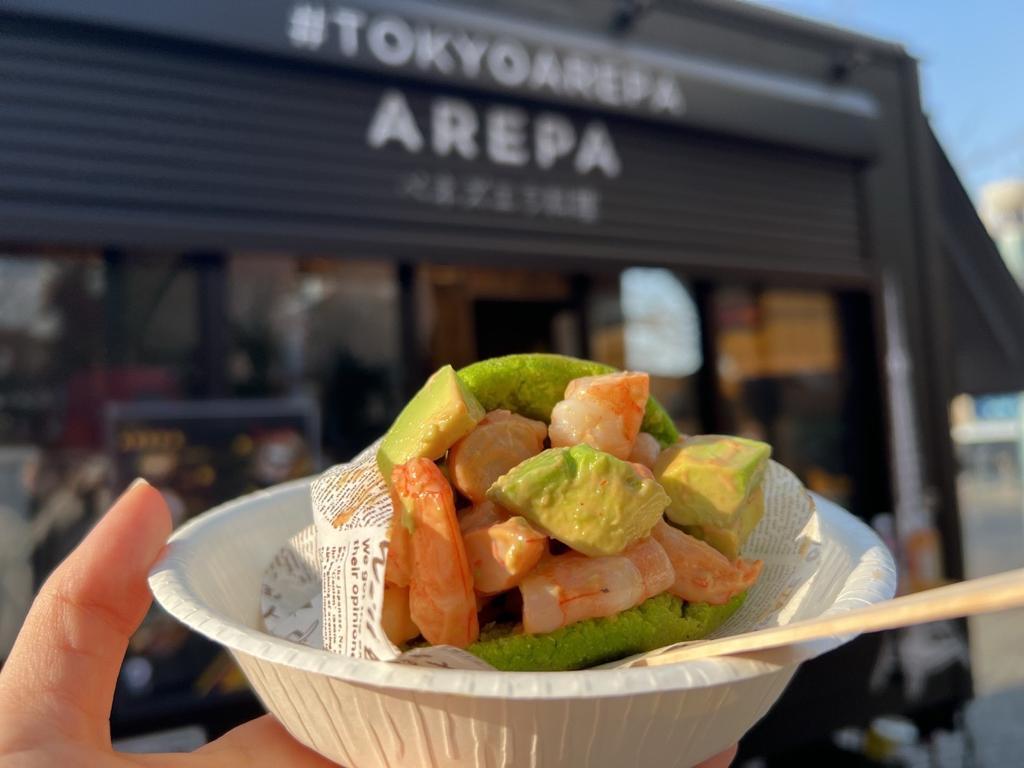
Is it difficult to source ingredients? How do you bring the Venezuelan flavor to Japan?
Raul: Without this [P.A.N. corn flour], it would be difficult to make arepas in Japan. We’re already on our way to representing the brand and we’re going to be distributors.
(Note: After our interview they became official distributors of P.A.N. in Japan).
Costco has a lot of alternatives for our kind of food and also for beef and pork. So far, we haven’t had any problems. We’re working with ingredients that we can find pretty much at any supermarket.
What is your personal favorite food?
Miho: I’m from Kansai and love takoyaki. That could be my soul food. And I love ceviche from Peru.
Raul: My gastronomic life changed before I came to Japan and after I came here. Before, barbecue was my favorite food. Now it’s sushi.
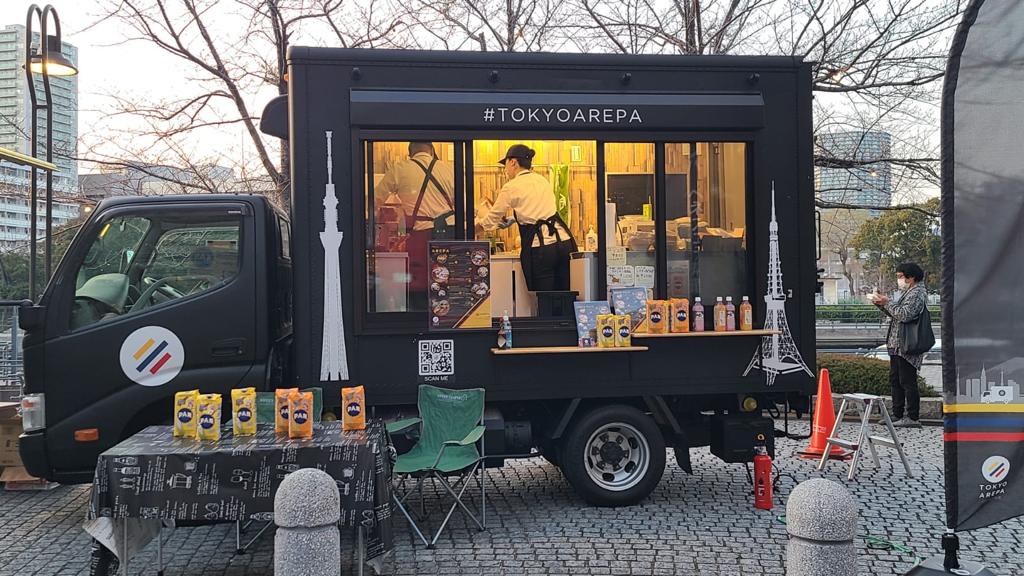
Where can readers find you and your truck?
Raul: We are based in Sakura-shi, Chiba. And so far, we’re traveling around Chiba, Kanto and Nagano. For now, our intention is to work in the Kanto area but we’re already working on expanding and franchising. The idea in the future would be probably opening different locations and eventually a restaurant.
We’re updating information, not just on social media, but also on our website about our next events.
Our regular spot where you can usually find us is at Someino Farmer’s Market. It opens every Saturday and Sunday.
Follow Tokyo Arepa on Instagram to keep up-to-date with their latest location and check out their website tokyoarepa.com for further foodie details.

